Home>Garden Essentials>Garden Plants>What Temperature Can Thyme Tolerate
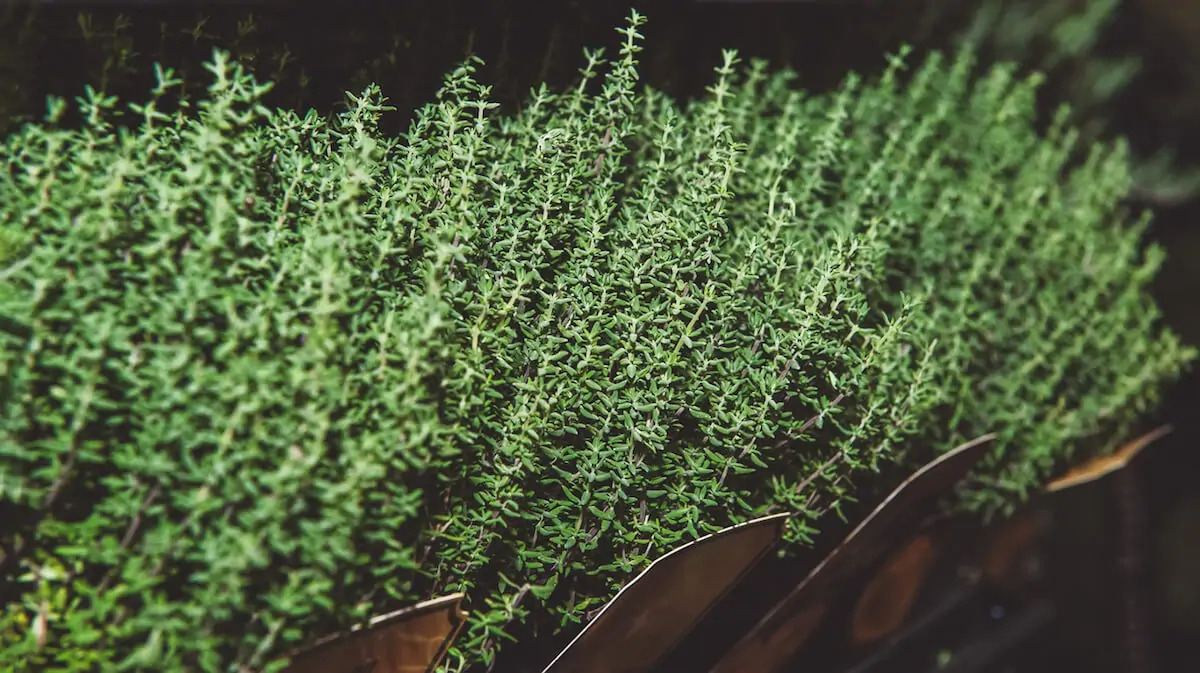

Garden Plants
What Temperature Can Thyme Tolerate
Modified: December 7, 2023
Discover the optimal temperature range for thyme plants in this comprehensive guide. Find out how to ensure your thyme plants thrive in different climates.
(Many of the links in this article redirect to a specific reviewed product. Your purchase of these products through affiliate links helps to generate commission for Storables.com, at no extra cost. Learn more)
Introduction
Welcome to the fascinating world of plants! In this article, we will explore the temperature tolerance of one particular herb – thyme. Thyme is not only a popular culinary herb but also possesses several medicinal properties, making it a favorite among gardeners and plant enthusiasts.
Temperature plays a crucial role in the growth and development of plants, and thyme is no exception. Understanding the temperature range that thyme can tolerate is vital for its successful cultivation and maintenance. Whether you are a seasoned gardener or a beginner, learning about thyme’s temperature preferences will help you provide the ideal conditions for its growth.
In this article, we will delve into the various factors that affect thyme’s temperature tolerance, determine its optimum temperature range for growth, and explore the potential risks associated with extreme temperatures. We will also discuss thyme’s resilience to cold and how to protect it from harsh weather conditions.
So, let’s embark on this journey to discover the secrets of thyme’s temperature tolerance and learn how to create the perfect environment for this versatile and aromatic herb to thrive.
Key Takeaways:
- Thyme thrives in temperatures between 60°F and 75°F, but different varieties may have specific preferences. Protect it from extreme heat with shade and adequate watering to mitigate potential risks.
- With its cold hardiness, thyme can withstand temperatures as low as 20°F. Protect it from severe frost with mulch and frost protection measures, making it suitable for colder regions.
Read more: What Temperature Can Mums Tolerate
Thyme: A Brief Overview
Thyme, scientifically known as Thymus vulgaris, is a small perennial herb that belongs to the mint family, Lamiaceae. Native to the Mediterranean region, thyme has been used for centuries in various cultures for its culinary, medicinal, and ornamental purposes.
This aromatic herb is characterized by its small, oval-shaped leaves that grow in clusters along woody stems. Thyme plants can range in height from a few inches to a foot, depending on the variety. The leaves of thyme have a distinct aroma and flavor that adds depth to a wide array of culinary dishes, including soups, sauces, marinades, and meat rubs.
Beyond its culinary uses, thyme is also valued for its medicinal properties. It is rich in essential oils, such as thymol, which possesses antiseptic, antifungal, and antioxidant properties. Thyme has been traditionally used to treat respiratory issues, boost the immune system, and alleviate digestive problems.
In addition to its culinary and medicinal uses, thyme is often grown as an ornamental plant. Its compact growth habit, tiny leaves, and delicate flowers make it an attractive addition to gardens, borders, and rock gardens. Thyme also attracts beneficial insects, such as bees and butterflies, making it a desirable choice for pollinator-friendly gardens.
Now that we have a brief understanding of thyme and its versatile nature, let’s explore how temperature affects its growth and overall well-being.
Factors Affecting Thyme’s Temperature Tolerance
Thyme’s ability to tolerate different temperature ranges is influenced by various factors. Understanding these factors will help you create the optimal conditions for thyme to thrive. Here are some key elements that affect thyme’s temperature tolerance:
- Variety: Different varieties of thyme may have varying levels of temperature tolerance. Some varieties are hardier and can withstand colder temperatures, while others are more sensitive to extreme heat or cold. When choosing thyme for your garden, consider the specific variety and its recommended temperature range.
- Maturity: Young thyme plants are usually more sensitive to temperature fluctuations compared to mature plants. As thyme matures, it develops a stronger resistance to temperature extremes. Provide extra protection to young plants or consider starting them indoors before transplanting them outside.
- Acclimation: Thyme plants can acclimate to different temperature ranges over time. Gradual exposure to colder or hotter temperatures can help thyme adjust and develop resilience. Avoid sudden changes in temperature, particularly when transitioning thyme plants between indoor and outdoor environments.
- Weather Conditions: The prevailing weather conditions, including temperature, humidity, and sunlight, impact thyme’s ability to tolerate temperature extremes. High humidity or intense heat can increase thyme’s vulnerability to heat stress, while cold, frosty conditions can pose a risk to its survival.
- Soil Moisture: Thyme plants prefer well-draining soil that retains moderate moisture. Excessive moisture in the soil can lead to root rot, making the plant more susceptible to temperature stress. On the other hand, drought stress caused by inadequate soil moisture can also weaken thyme’s ability to withstand extreme temperatures.
- Microclimate: The specific microclimate of your garden or growing area can influence thyme’s temperature tolerance. Factors such as proximity to walls or structures, proximity to bodies of water, and exposure to direct sunlight or shade can create microclimates that can be more or less conducive to thyme’s growth.
By considering these factors and providing the appropriate care, you can create an environment that maximizes thyme’s temperature tolerance and promotes its healthy growth.
Optimum Temperature Range for Thyme Growth
Thyme thrives in temperate climates and prefers moderate temperatures for optimal growth. The optimum temperature range for thyme falls between 60°F (15°C) and 75°F (24°C). Within this range, thyme plants tend to exhibit vigorous growth, healthy foliage, and abundant flowering.
When the temperature hovers around 70°F (21°C), thyme plants experience optimal photosynthesis, which is essential for energy production and overall plant health. This temperature range allows thyme to efficiently process nutrients, synthesize essential compounds, and develop strong root systems.
Thyme is well adapted to Mediterranean climates, where it can withstand dry, sunny summers and mild winters. These conditions often fall within the optimum temperature range, providing thyme with the ideal environment to flourish.
However, it’s important to note that different varieties of thyme may have slightly different temperature preferences. Some varieties, such as lemon thyme or creeping thyme, can tolerate slightly warmer temperatures, while others, like woolly thyme, prefer cooler conditions. Always refer to the specific temperature requirements of the thyme variety you are growing.
While thyme can tolerate moderate temperature variations, prolonged exposure to temperatures outside its optimum range can have adverse effects on growth and vitality. Let’s explore the potential risks associated with high temperatures on thyme plants.
Thyme can tolerate temperatures between 60-75°F (15-24°C). It prefers cooler temperatures and can withstand light frosts. Plant in well-draining soil and provide some protection from extreme heat.
Potential Risks of High Temperatures on Thyme
Thyme is a resilient herb, but excessive heat can pose risks to its growth and overall health. When exposed to high temperatures for extended periods, thyme may encounter the following challenges:
- Heat Stress: Extremely high temperatures can cause heat stress in thyme plants. Heat stress manifests as wilting, leaf curling, and discoloration. Thyme may struggle to uptake water and nutrients effectively, which can negatively impact its growth and vitality.
- Reduced Flowering: High temperatures can disrupt the natural flowering process of thyme. Excessive heat can lead to the abortion of flower buds or the premature fading of flowers. This can affect the aesthetic appeal of the plant and reduce its ability to attract pollinators.
- Fried Leaves: When exposed to scorching temperatures, thyme leaves can get burnt or ‘fried’. The intense heat can cause leaf edges to turn brown, crispy, and eventually die off. This compromises the overall appearance and functionality of the plant.
- Poor Aroma and Flavor: Heat stress can impact the quality of thyme’s aroma and flavor. Elevated temperatures can alter the composition of essential oils within the plant, leading to a less pronounced scent and a diminished flavor profile.
- Increased Pest and Disease Susceptibility: Heat-stressed thyme plants are more vulnerable to pests and diseases. Weakened plants have reduced resistance and are more prone to infestations by pests like aphids, spider mites, and flea beetles. Prolonged exposure to high temperatures can also promote the growth of fungal diseases.
To mitigate these risks, it’s crucial to provide proper care and protection to thyme plants during periods of intense heat. Implementing practical measures such as providing shade, applying mulch to conserve soil moisture, and watering adequately can help minimize the impact of high temperatures on thyme.
Now, let’s explore thyme’s ability to thrive in cold conditions and its cold hardiness.
Thriving in Cold: Thyme’s Cold Hardiness
Thyme has a remarkable ability to withstand cold temperatures, making it a suitable herb for gardens in cooler regions. While thyme is best known for its resilience in Mediterranean climates, many thyme varieties exhibit excellent cold hardiness.
Most thyme varieties can tolerate temperatures as low as 20°F (-6°C) or even lower, depending on the specific variety and environmental conditions. This makes thyme well-suited for regions with mild to moderate winters.
In colder climates, thyme can experience dormancy during the winter months. It naturally slows down its growth, conserves energy, and enters a semi-dormant state to survive the cold. During this period, thyme may lose some foliage but will rebound with fresh growth in the warmer months.
Thyme’s cold hardiness is attributed to several factors:
- Woody Stems: Thyme plants have sturdy, woody stems that provide some insulation against cold temperatures. The woody structure helps to protect the root system and promotes regrowth in the spring.
- Drought Adaptation: Thyme is naturally adapted to dry environments, which often coincide with cold regions. Its ability to endure periods of low soil moisture allows it to survive in colder climates where water may be less available.
- Resilient Foliage: Thyme’s small, compact leaves have a waxy coating that helps reduce water loss and withstand colder temperatures. The foliage can often handle light frosts and chilly conditions without significant damage.
- Established Root System: Thyme plants with well-established root systems have better cold tolerance. Established roots provide a stronger foundation for the plant’s overall resilience and enable it to recover quickly during milder weather.
While thyme can withstand cold temperatures, it is essential to protect it from severe frost and freezing conditions. Heavy, prolonged frost can damage the plant’s tissues and lead to its demise. Consider using frost protection measures such as covering plants with mulch, straw, or protective cloth during extreme cold spells.
Now that we have explored thyme’s cold hardiness, let’s discuss how to protect thyme from extreme temperature fluctuations and create the optimal growing environment.
Protecting Thyme from Extreme Temperatures
While thyme is relatively resilient to temperature fluctuations, it can still benefit from some care and protection during periods of extreme heat or cold. Here are some practical tips to safeguard your thyme plants:
- Provide Shade: During hot summer months, provide partial shade for thyme plants to shield them from intense sunlight and reduce the risk of heat stress. You can use shade cloth, plant them near taller plants for natural shade, or create shade with temporary structures.
- Mulch: Applying a layer of organic mulch, such as straw or wood chips, around thyme plants helps regulate soil temperature and moisture levels. Mulch acts as insulation, protecting roots from extreme heat in the summer and preventing freezing in the winter.
- Water Adequately: Thyme plants require regular watering, especially during hot and dry periods. Keep the soil consistently moist but not waterlogged. Deep watering encourages the roots to grow deeper, providing better stability and resilience against temperature fluctuations. Avoid overhead watering, as it can promote fungal diseases.
- Monitor Soil Moisture: Use a moisture meter or regularly check the soil to ensure it doesn’t become too dry or waterlogged. Adjust watering frequency based on the specific needs of your thyme plants and the prevailing weather conditions.
- Protect from Frost: In colder regions, protect thyme from severe frost by covering the plants with frost cloth, blankets, or even overturned pots during cold snaps. Remove the covers during the day to allow air circulation and prevent excessive warming.
- Choose the Right Location: When planting thyme, select a location that provides some protection from harsh winds and extreme temperature fluctuations. Planting near structures or hedges can create a microclimate that offers some temperature moderation.
- Use Containers: If you live in an area with extremely hot or cold temperatures, consider growing thyme in containers. This way, you can easily move the plants indoors during extreme weather conditions, providing them with a more controlled environment.
By implementing these measures, you can help safeguard your thyme plants from extreme temperatures, ensuring their continued health and well-being. Regular monitoring and adaptation to changing weather conditions are key to maintaining an optimal growing environment for thyme.
Now that you have a better understanding of how to protect your thyme plants, you can confidently nurture them and enjoy the benefits of this versatile herb in your garden or kitchen.
Conclusion
Thyme, with its delightful aroma, culinary versatility, and medicinal properties, is a wonderful herb to grow in your garden or container. Understanding thyme’s temperature tolerance is essential for ensuring its successful growth and overall well-being.
We have explored the factors that affect thyme’s temperature tolerance, including variety, maturity, acclimation, weather conditions, soil moisture, and microclimate. By considering these factors and providing proper care, you can create an environment that maximizes thyme’s ability to thrive.
The optimum temperature range for thyme growth falls between 60°F (15°C) and 75°F (24°C). Within this range, thyme exhibits vigorous growth, healthy foliage, and abundant flowering. However, different thyme varieties may have specific temperature preferences, so it’s important to reference the recommended temperature range for the variety you are cultivating.
While thyme can tolerate moderate temperature variations, it is susceptible to potential risks associated with high temperatures, such as heat stress, reduced flowering, fried leaves, poor aroma and flavor, and increased pest and disease susceptibility. Providing shade, mulching, and adequate watering can help mitigate these risks and protect thyme plants during periods of extreme heat.
On the other hand, thyme exhibits excellent cold hardiness, making it suitable for colder regions. With woody stems, drought adaptation, resilient foliage, and established root systems, thyme can withstand temperatures as low as 20°F (-6°C) or even lower. However, it is important to protect thyme from severe frost by using mulch and frost protection measures.
In conclusion, thyme is a versatile and resilient herb that can thrive within specific temperature ranges. By understanding thyme’s temperature preferences and implementing proper care and protection, you can create an optimal growing environment for this aromatic herb. So go ahead, cultivate thyme in your garden, and enjoy the flavorful and aromatic rewards it brings to your culinary endeavors and overall well-being.
Frequently Asked Questions about What Temperature Can Thyme Tolerate
Was this page helpful?
At Storables.com, we guarantee accurate and reliable information. Our content, validated by Expert Board Contributors, is crafted following stringent Editorial Policies. We're committed to providing you with well-researched, expert-backed insights for all your informational needs.
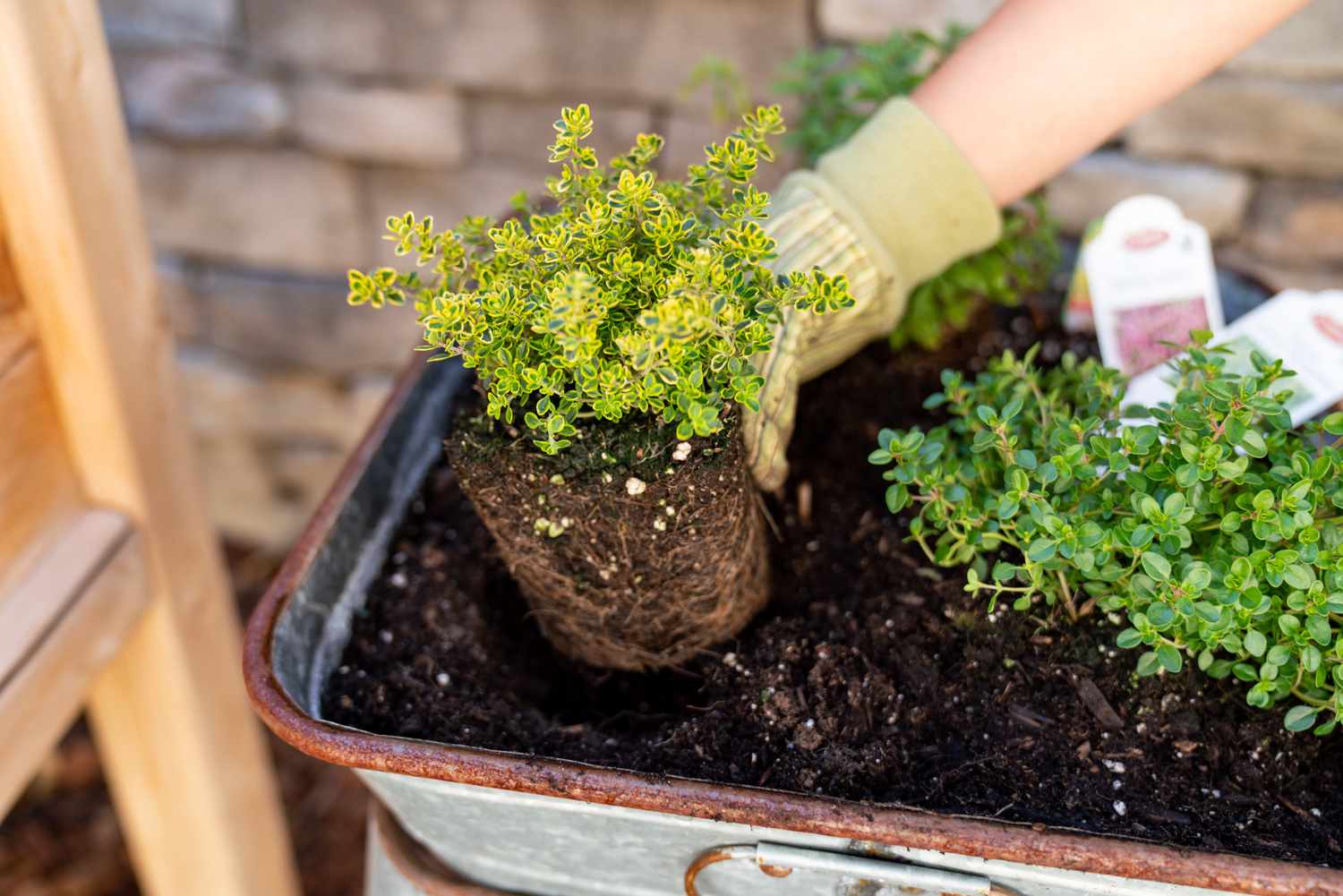
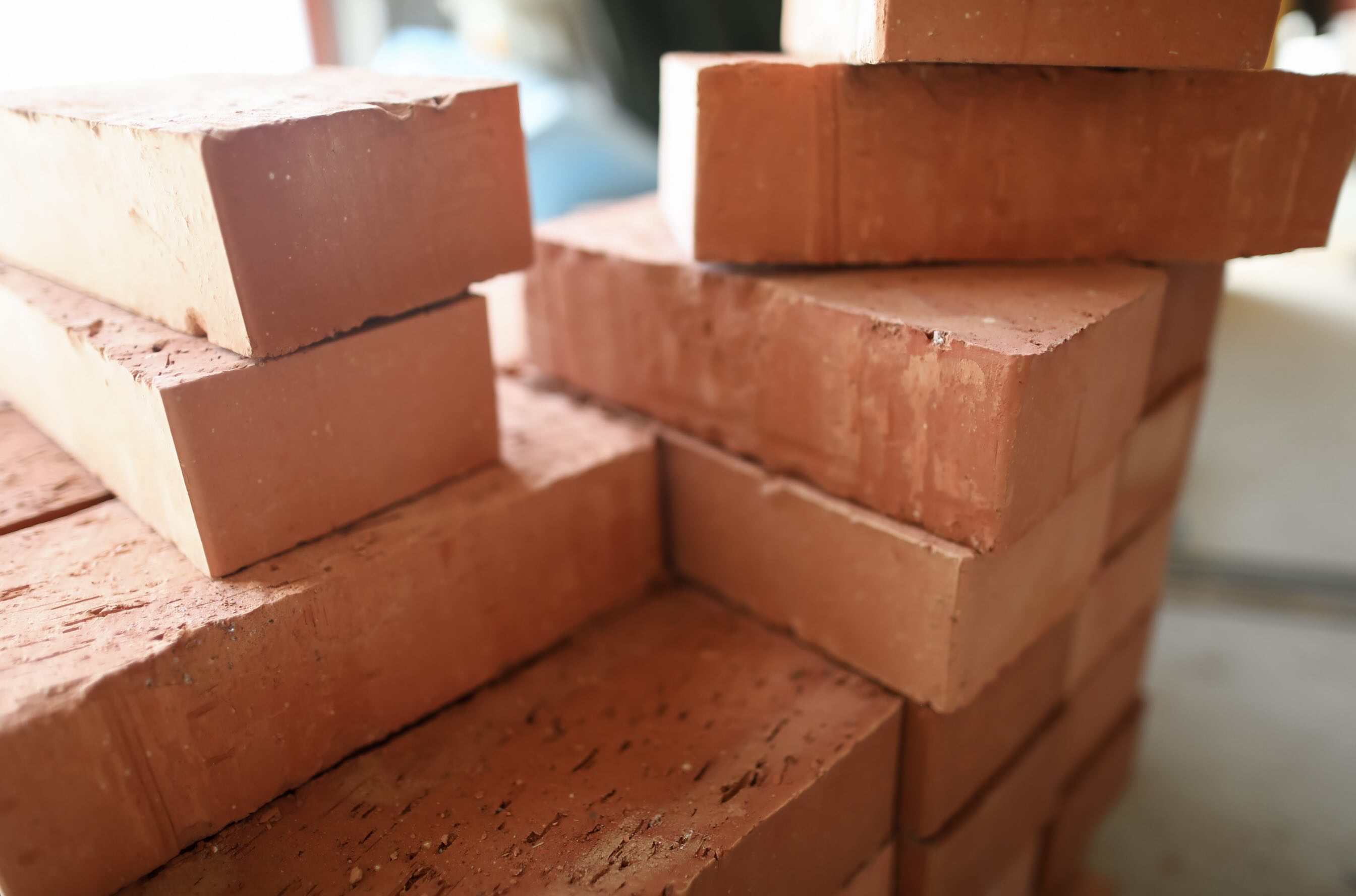
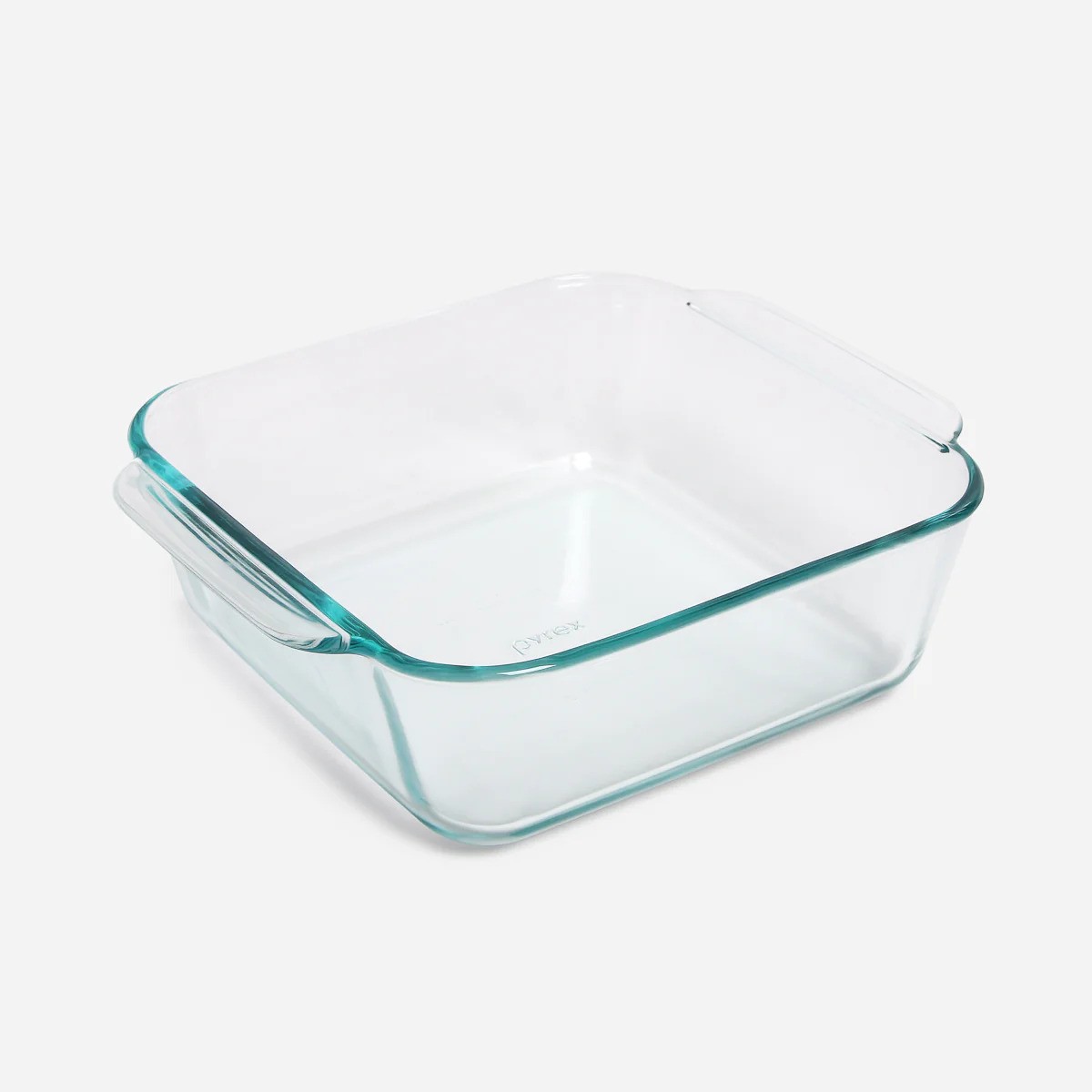
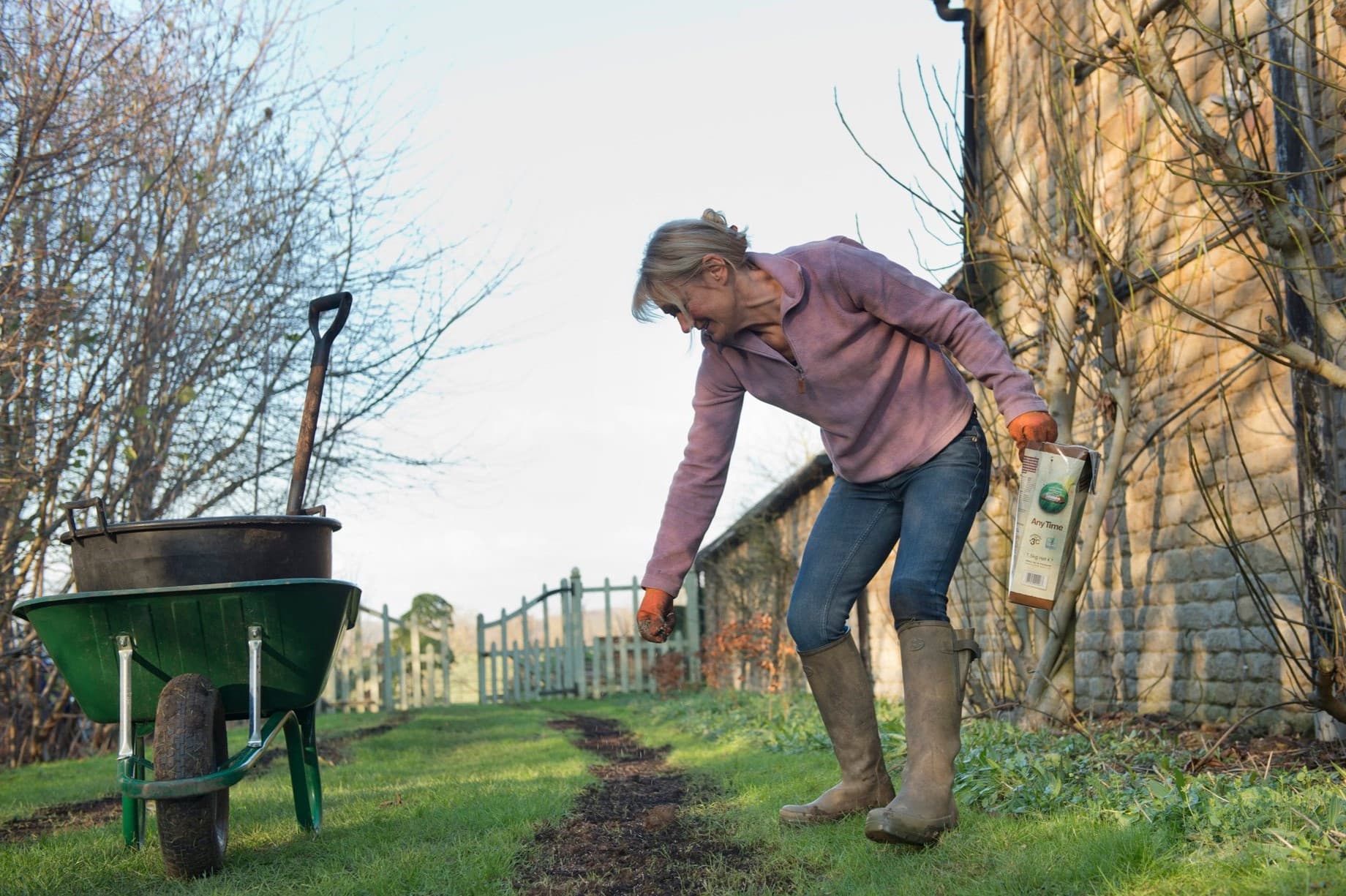
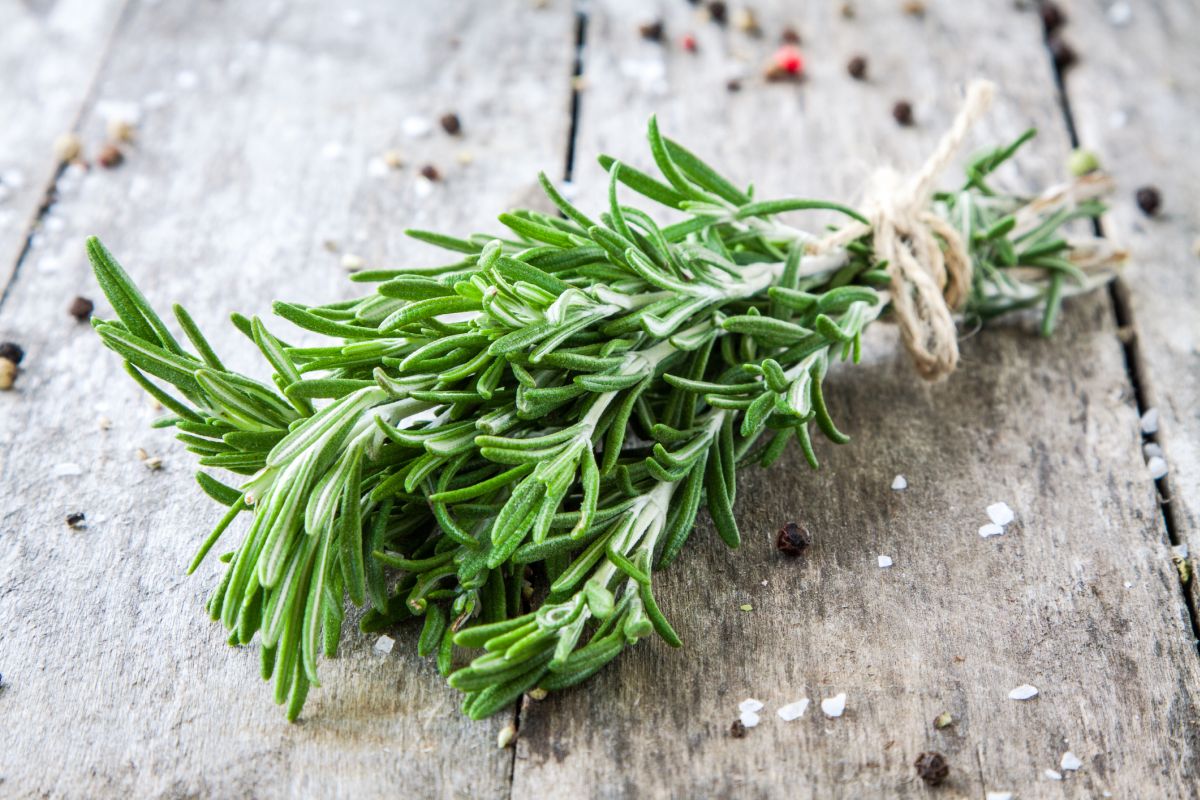
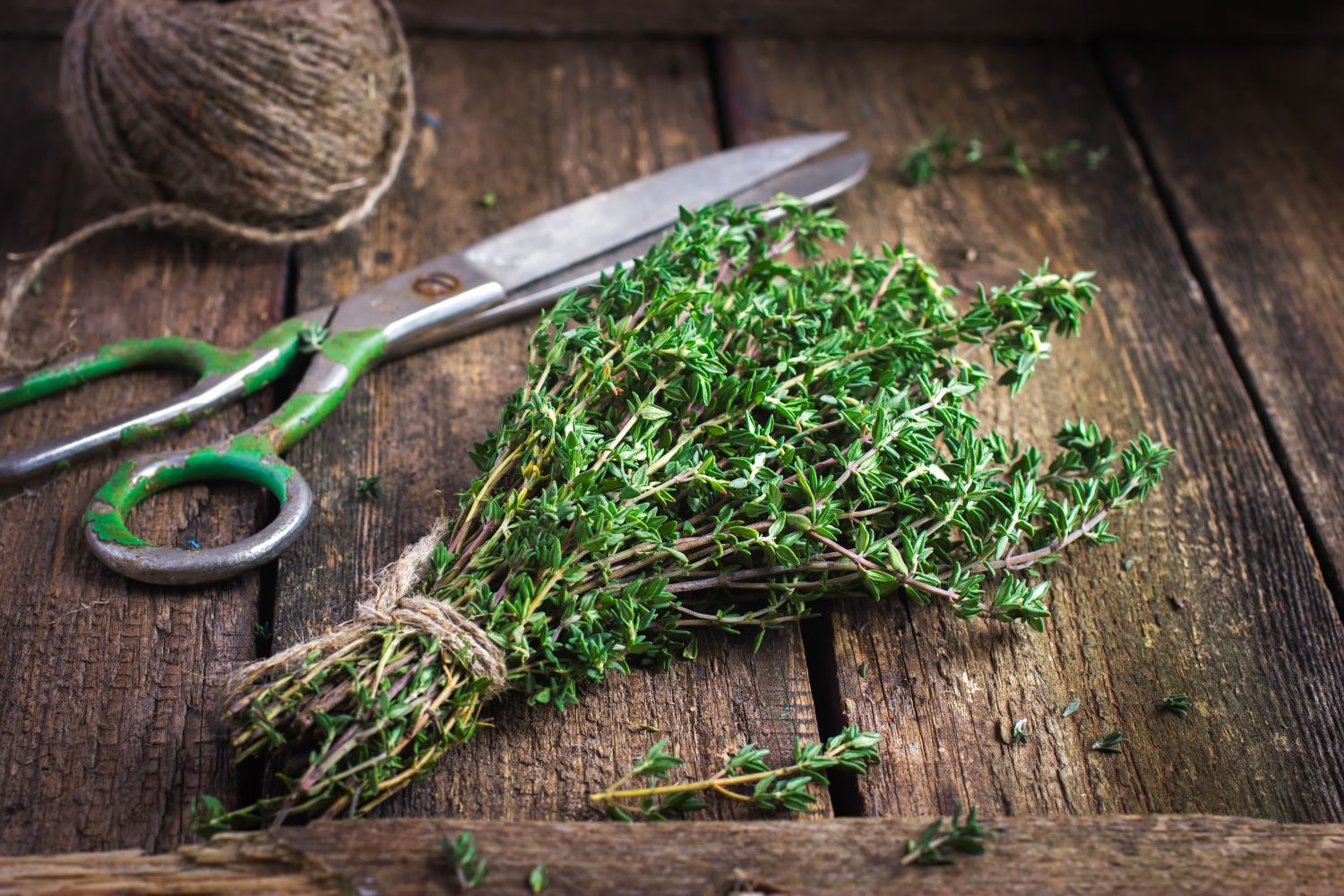
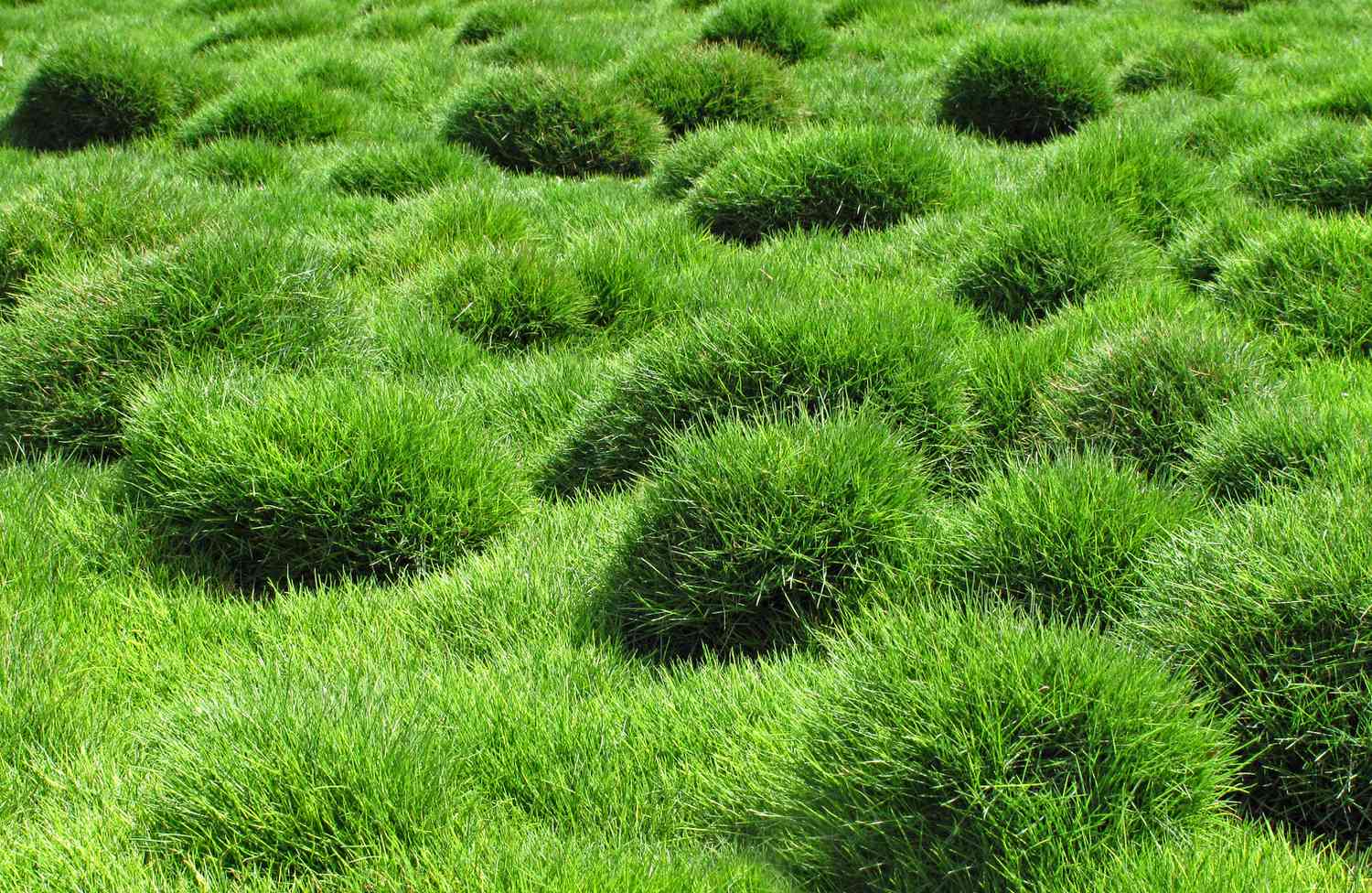
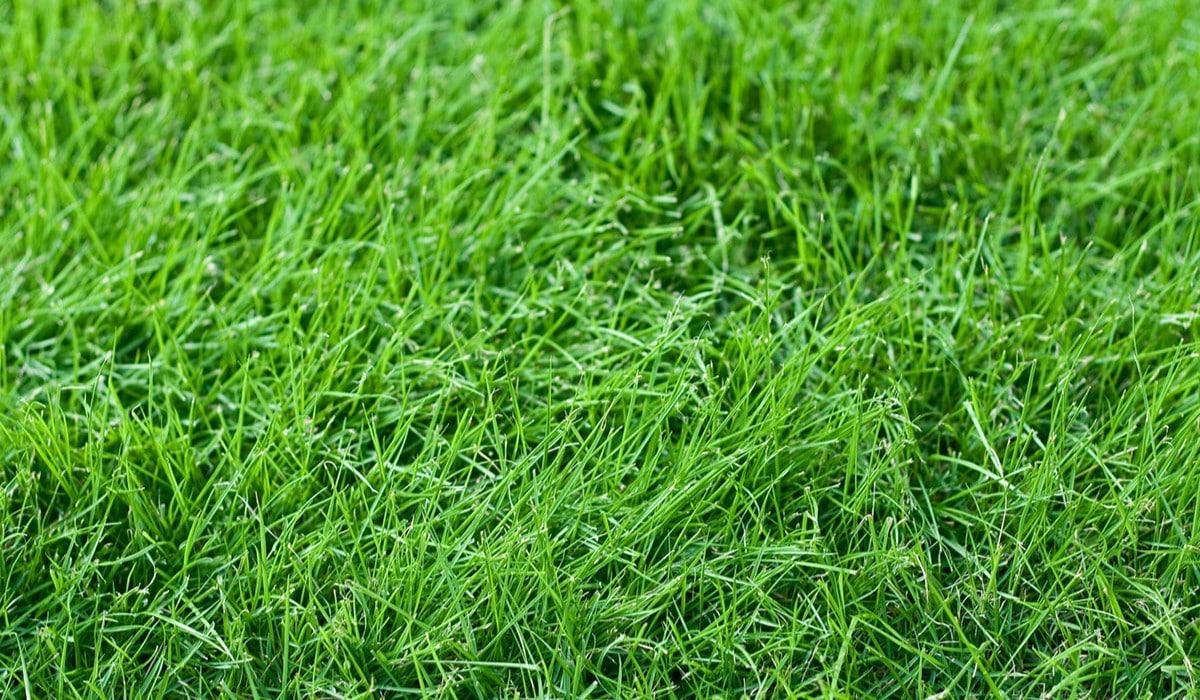
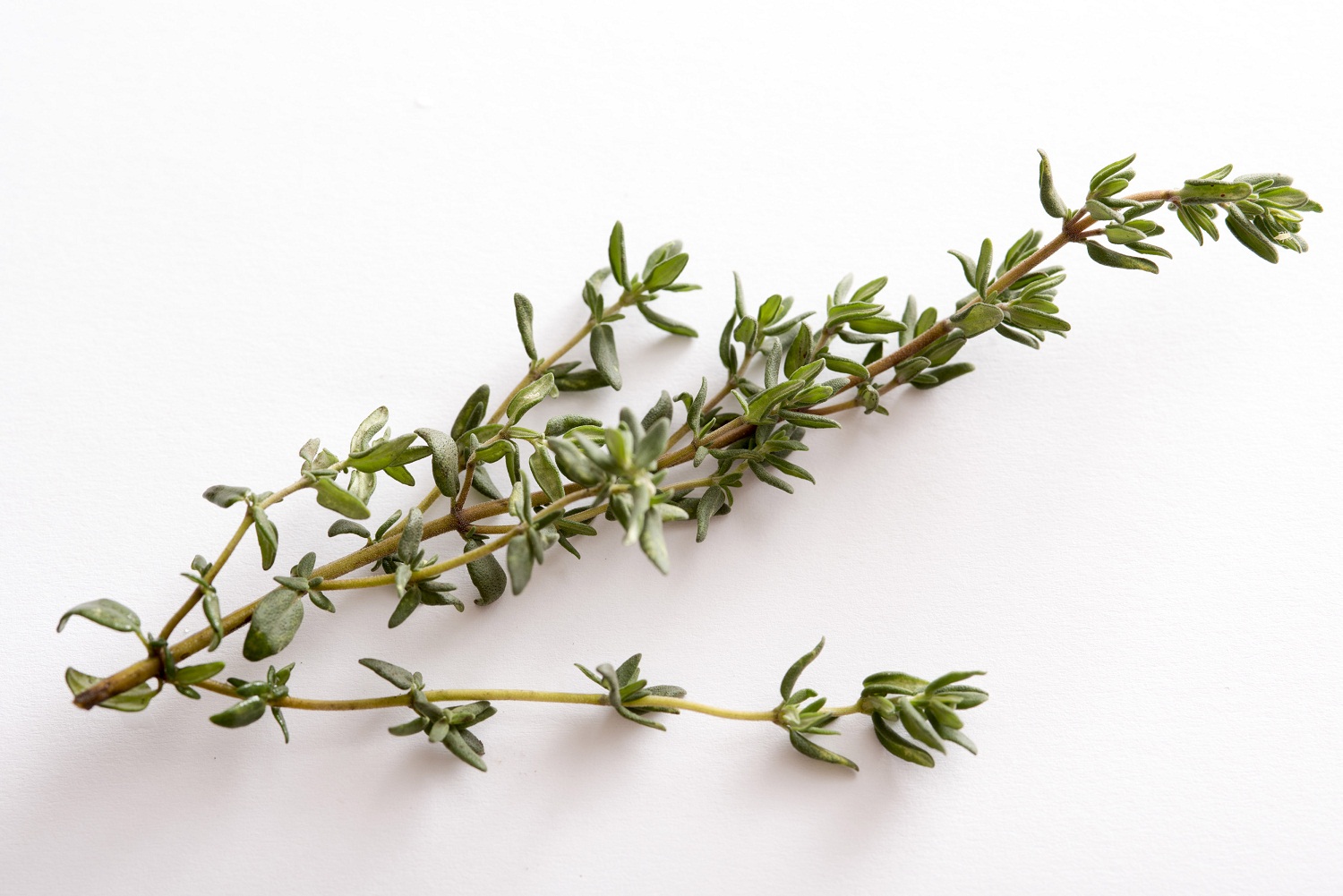
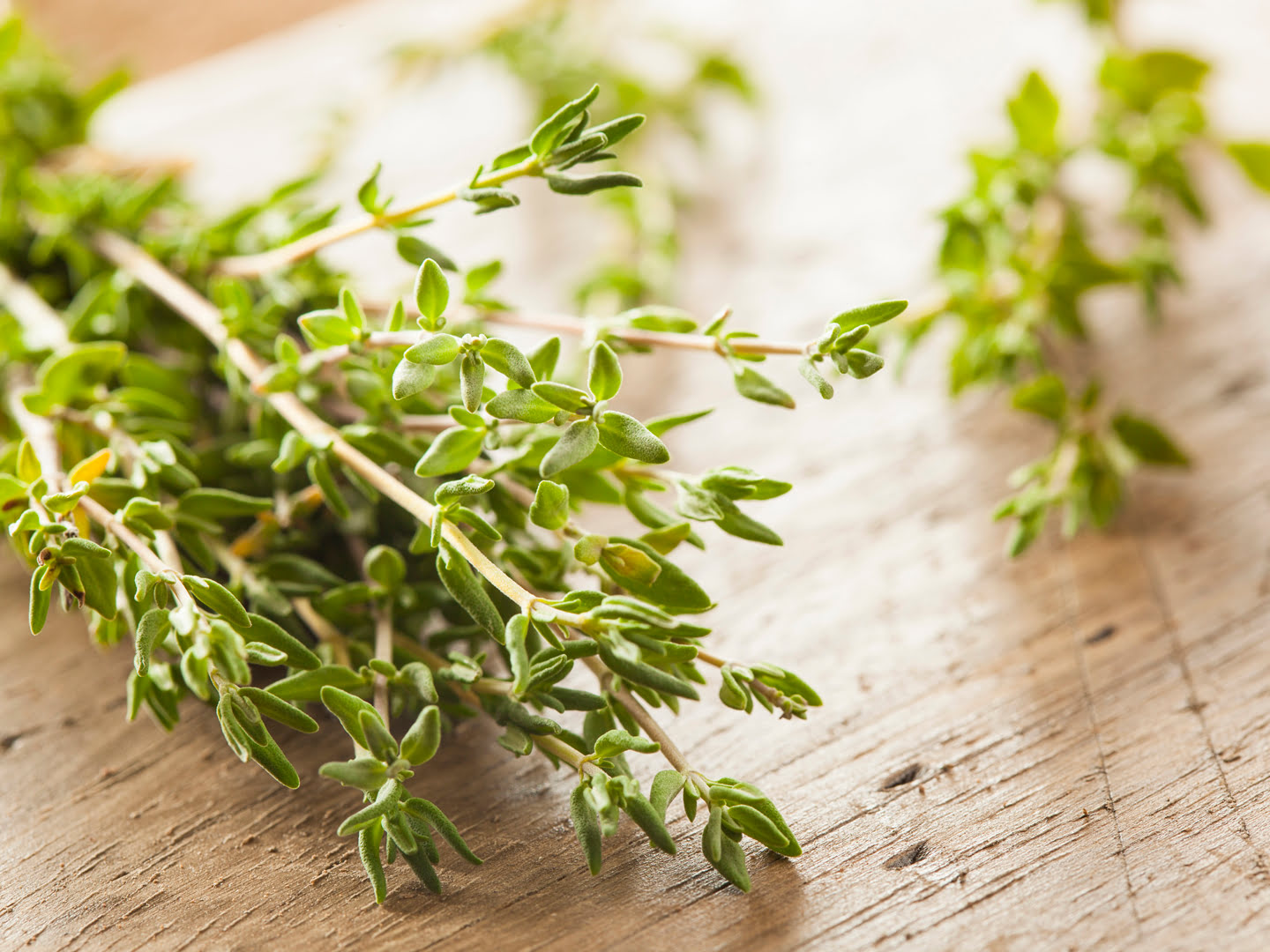
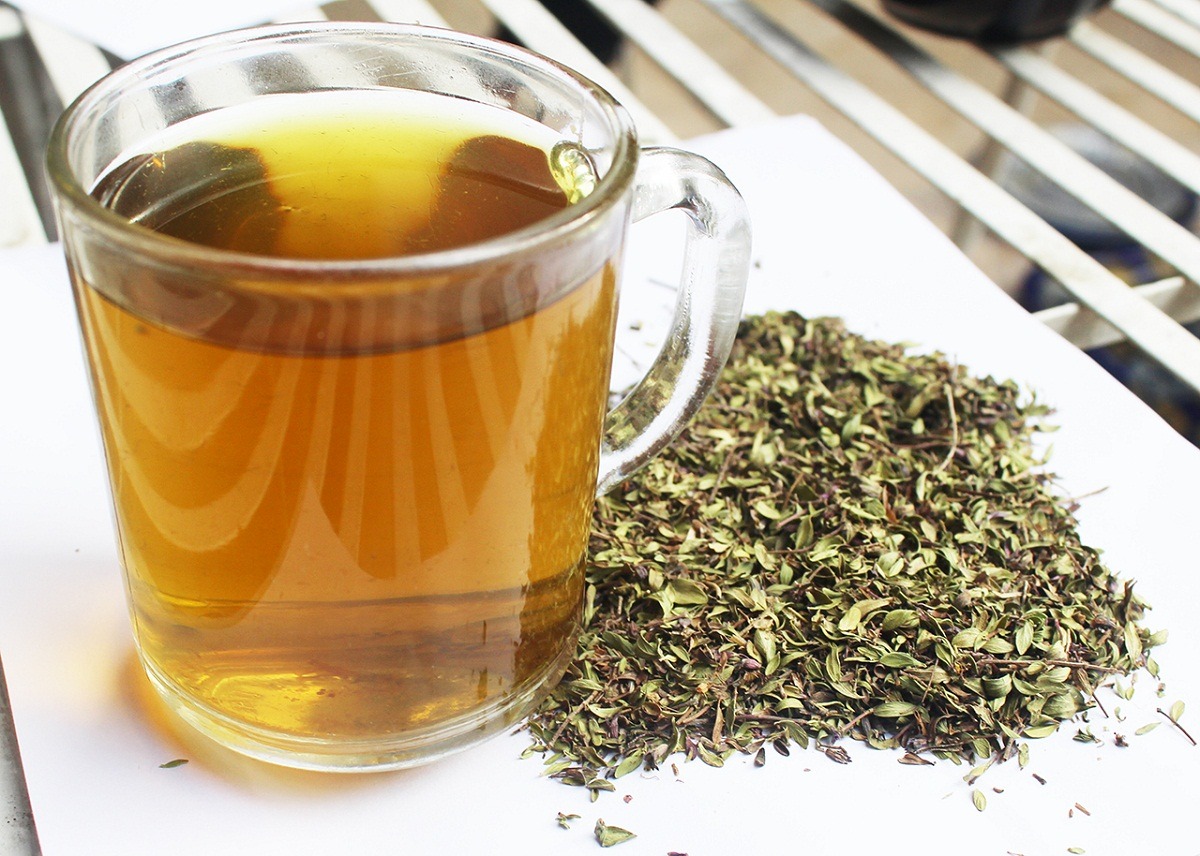

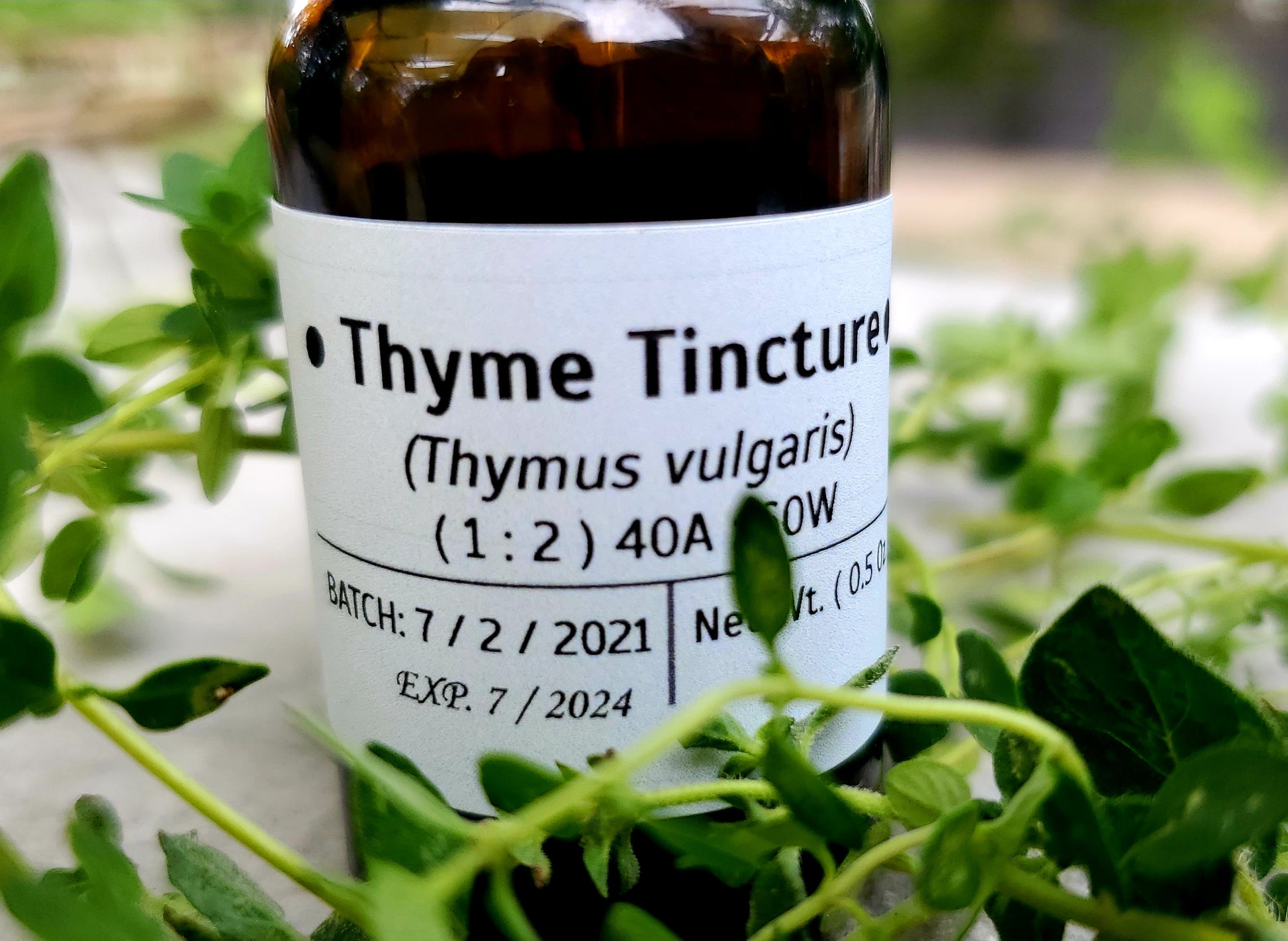
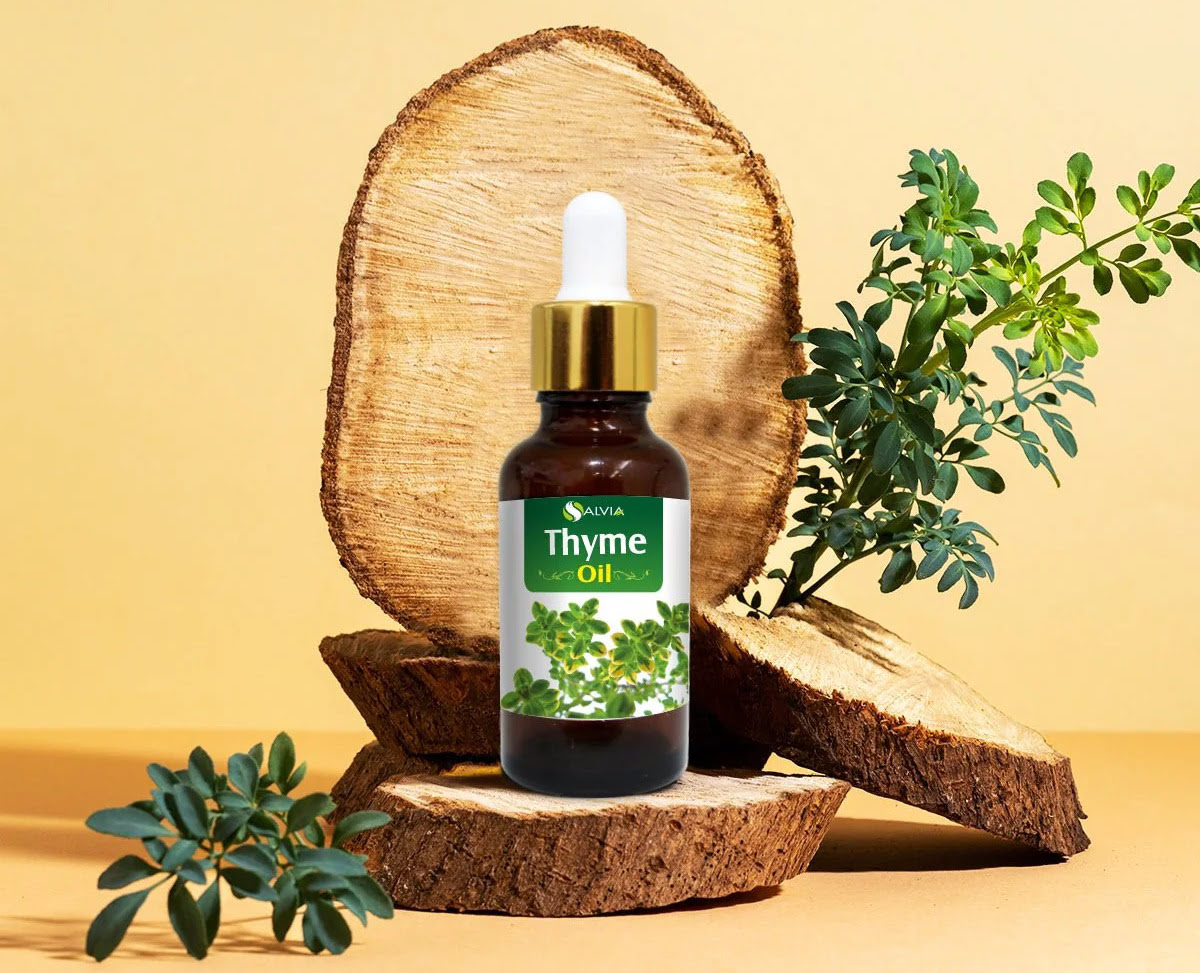

0 thoughts on “What Temperature Can Thyme Tolerate”